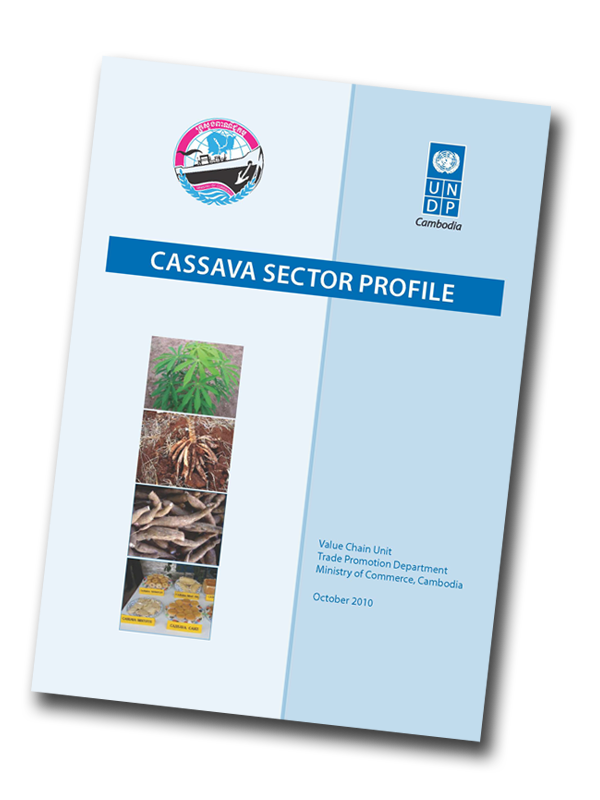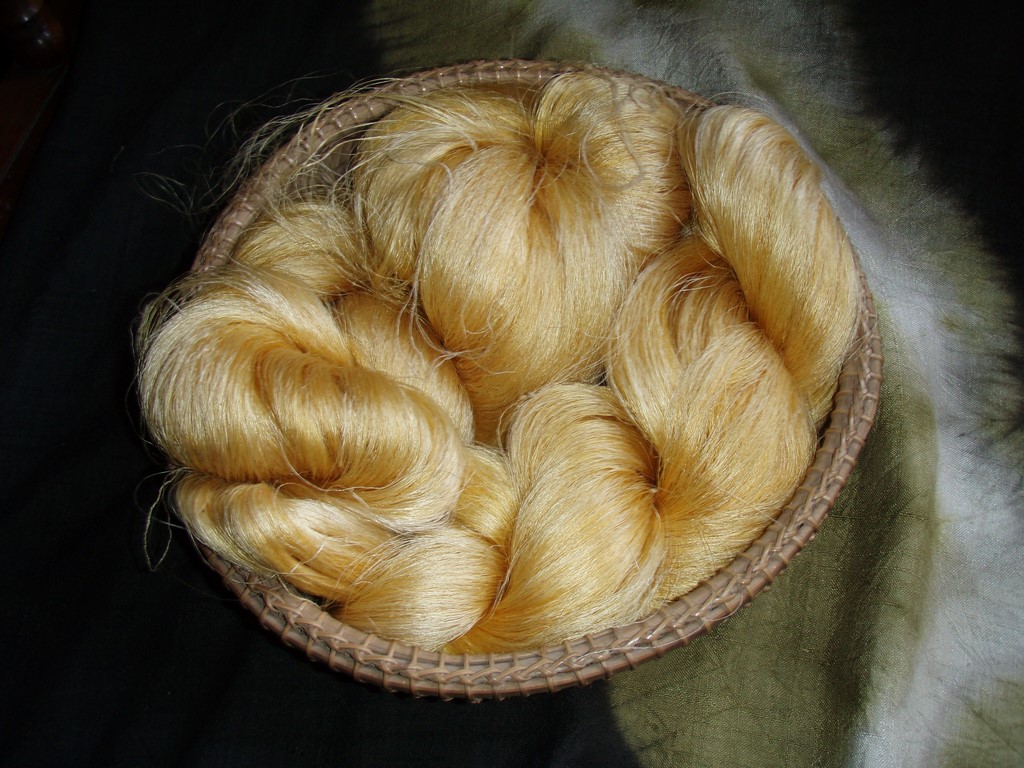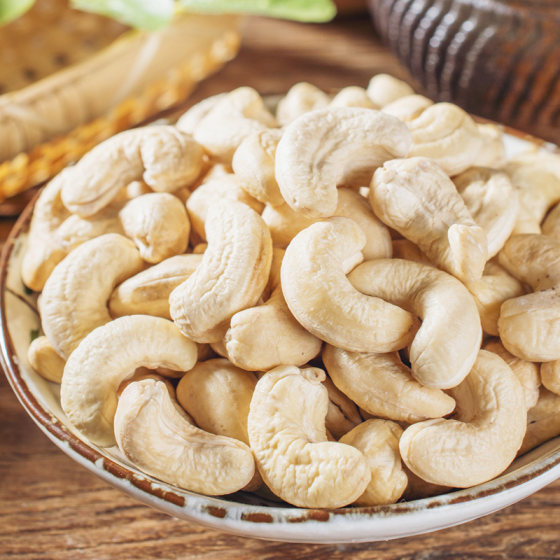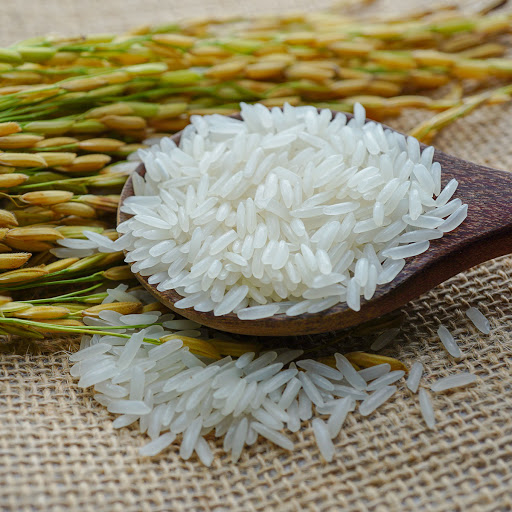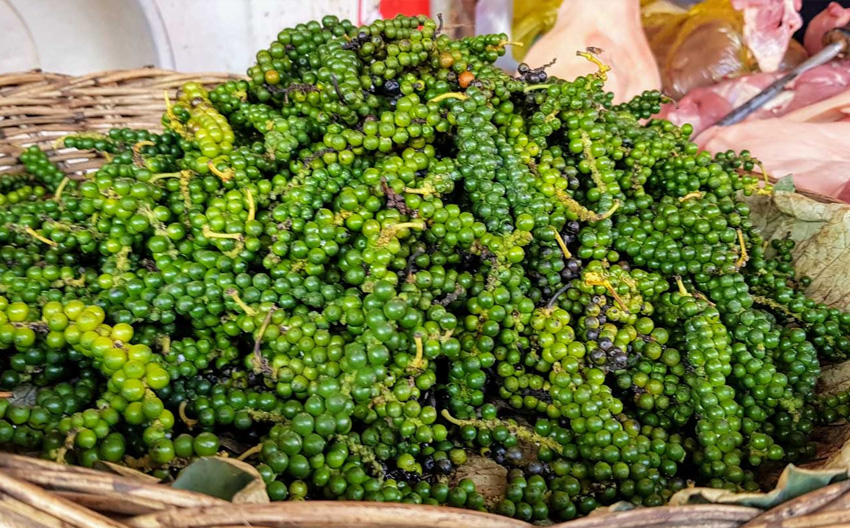
The fast expansion of cassava planting areas over the last decade means it is the second largest crop in the country. It is estimated to contribute between 3 percent and 4 percent of the GDP. Almost US$300 million has been invested each year to cultivate cassava over a planting area of 600,000 ha, while export, mainly in the form of fresh roots and dry chips, is worth approximately US$728 million4. The sector has involved more than 90,000 rural households in 13 provinces in cassava cultivation and created many seasonal jobs for local labourers. There are 550 collection centres concentrated in the five largest provinces. These have direct routes to nearby ports in neighbouring countries. 14 out of 17 starch processors are operating, while one new processing plant is underway. Seven ethanol distillery plants close to the capital have operated for years.
Cassava is a commercial crop and is not a staple food for Cambodians, as opposed to Indonesians, Indians, Africans, and some Latin Americans. It is grown for export and a small amount is used for food and feed in the country. Over decades, it has been exported as fresh roots, which are later processed into starch and ethanol-grade chips to neighboring countries. Adding to their own cassava outputs, the two neighboring countries have re-exported those products to China. Direct export from Cambodia to China is minimal and is worth US$15.5 million or 81,497 metric tons of chips, and US$10.5 million or 30,937 tons of starch in 2016. So far, the export volume has not increased remarkably.



